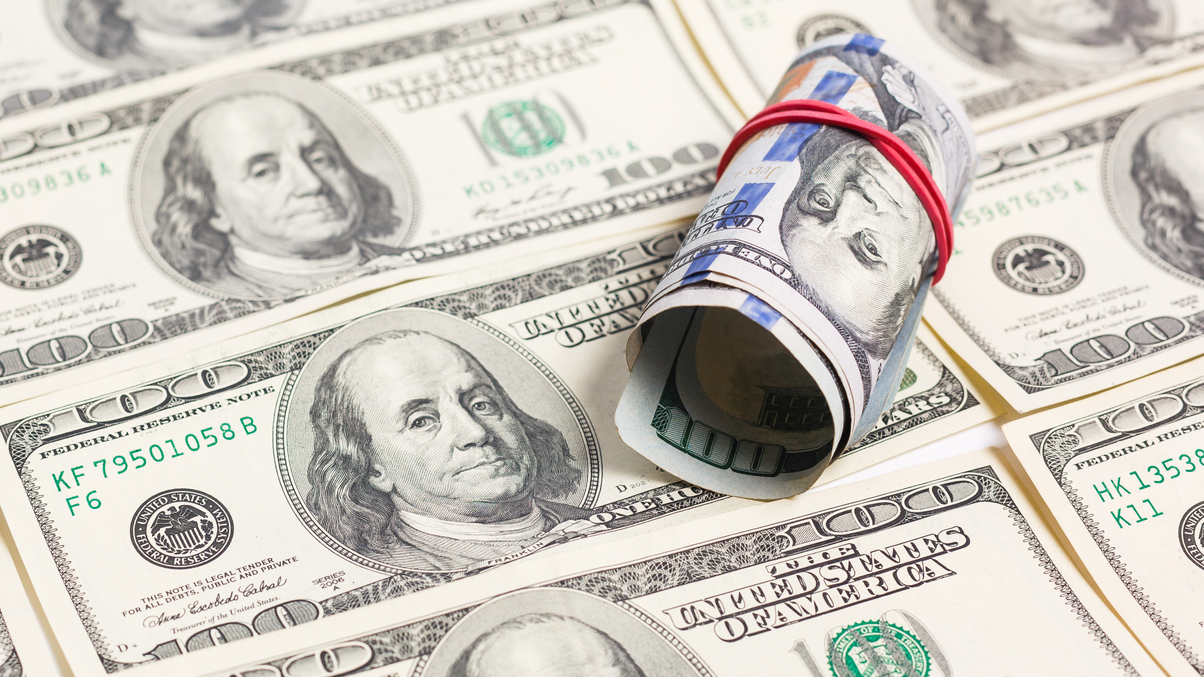Year of the Dog: Will the US Treasury curve invert?
In the latest Year of the Dog prediction question, AsianInvestor questions whether the US Treasury curve will invert, and herald a potential economic recession.

For the third Year of the Dog outlook question, we decided to tackle one of the US financial markets largest predictors: an inversion of the US Treasury yield curve.
Sign In to Your Account
Access Exclusive AsianInvestor Content!
Please sign in to your subscription to unlock full access to our premium AI resources.
Free Registration & 7-Day Trial
Register now to enjoy a 7-day free trial—no registration fees required. Click the link to get started.
Note: This free trial is a one-time offer.
¬ Haymarket Media Limited. All rights reserved.


